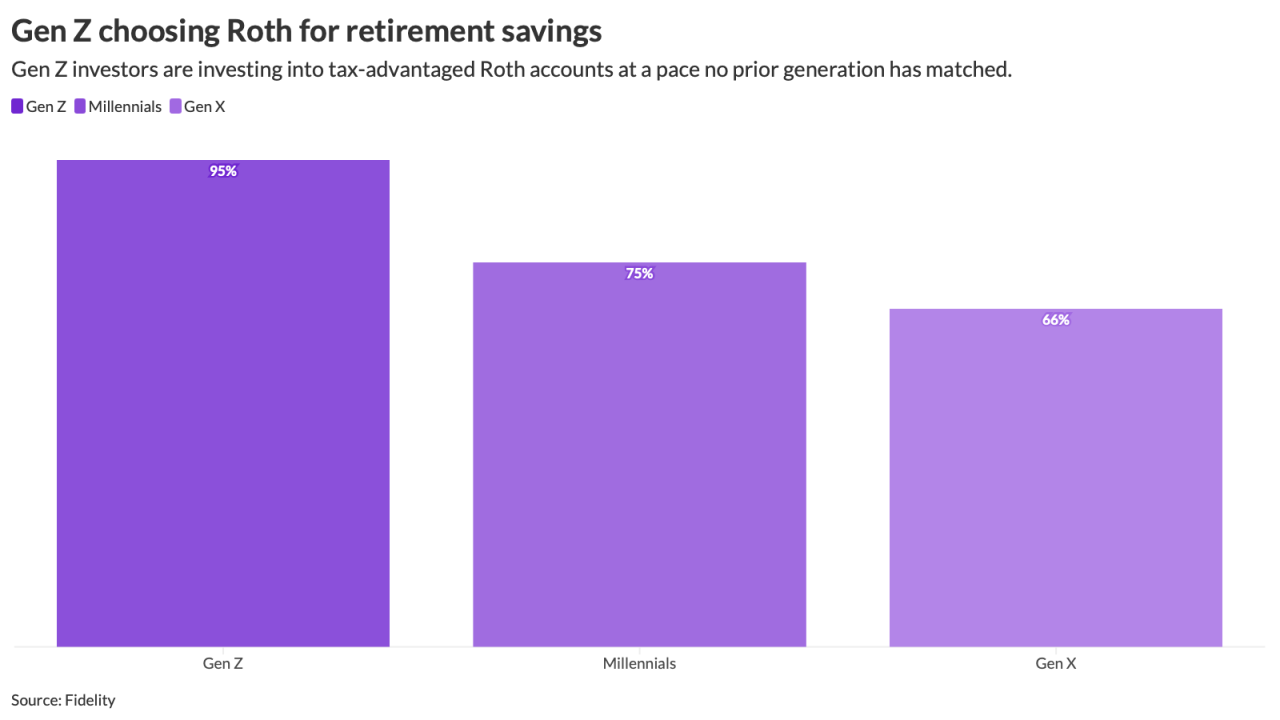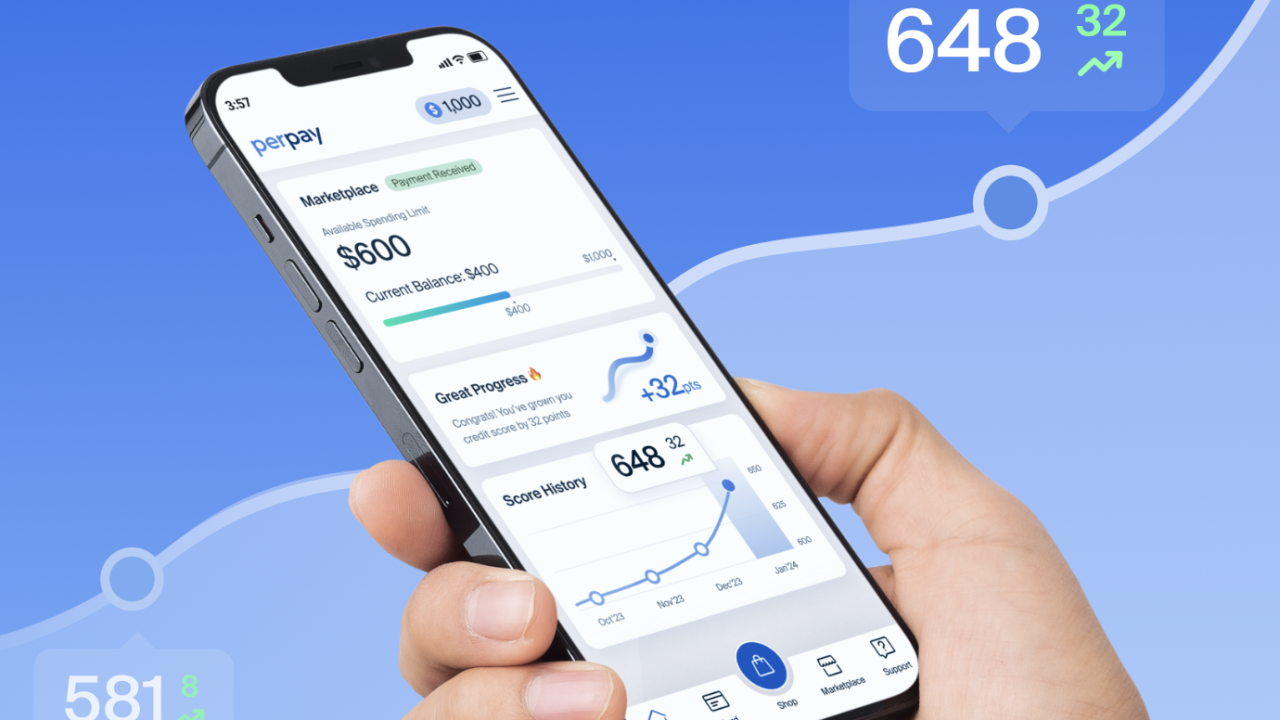Organizations are feeling challenged when it comes to handling employee feedback. And when employees feel they aren’t being heard, they’ll take to public channels like social media, or start their own websites, to voice concerns that aren't being resolved within their organization's walls.
Too often organizations think what they're doing is working, when it's not. They may send out a once-a-year survey asking for feedback about the workplace and think they don't have to do anything more. Or they tell employees they have an open door policy, yet that door is never really open. Or they don't have an efficient method for collecting, tracking, and resolving feedback.
Read More:
One key way for employers to stay on top of their employee feedback is through an employee feedback management platform, a centralized place where you can track feedback reports, assign them to members of the team, and see their resolution through to the end.
All Voices found that 44% of employees experience harassment at work, and that 38% of employees have experienced continued harassment through remote work channels. Pew echoes that number, finding that 44% of all workers and 59% of women have been the target of unwanted harassment.
Read More:
Ultimately, the end goal of gathering and resolving employee feedback is to create a safe, comfortable, and healthy work environment for all of your employees. So, if you feel it is time to adopt a new employee feedback management platform, there are five key questions you’ll need to consider:
1. Does our current method for sourcing employee feedback work?
When implementing a new employee feedback management platform, take an inventory of your current offerings. What are they? Are they working? Are there any channels that produce more honest feedback? Harvard Business Review found that offering ways for employees to anonymously report their issues increases reporting rates and protects people from retaliation.
2. What are our goals in sourcing feedback and how will we measure them?
The end goal of sourcing feedback will always be to improve the lives of your workers. But what are your more specific, data-driven goals around feedback? Do you want to increase reports? Do you want to source reports from segments of your workforce, like from your entry-level employees? Consider other goals, too, like increasing engagement, feelings of safety, retention and organizational responses to issues. Don't have data yet to track those metrics? An employee feedback management platform can help with that by tracking responses, feedback and data, and can provide analytics on all your metrics.
Read More:
3. How will we ensure successful employee adoption?
It's not enough to mention the new employee feedback program once in an email and expect it to succeed. A new or revamped feedback program needs employee buy-in and widespread adoption in order for it to work. This means including employee input as you begin to plan, hearing their thoughts on your current feedback program, and being transparent about your goals and intentions in order to gain employee trust and buy-in. According to McKinsey, a successful approach to adopting new initiatives involves having clear targets and structure, and strong leadership to get the organization involved.
4. Who will be responding to reports and how can we standardize the response and resolution process?
On the other side of the employee feedback management platform, who will be overseeing the tool, responding to reports and moving the reports through to resolution? If it's the HR team, make sure they have the staff and the bandwidth to do so, and while a good employee feedback management platform will make the process more efficient, many in HR are still overwhelmed with other duties, and this still may fall to the wayside. Don't lose employees’ trust after they get on board by not following through on reports.
Read More:
5. How can we make this a part of our company culture and not just another software?
Finally, plan for the long-term, as it must become part of a culture of feedback in your organization. Keep the momentum going by continuing to message about it, and by talking about reports that have led to organizational change. Most importantly, track the process of the program, and continue to iterate and make it more efficient as usage continues. Don’t let your employees down, or you may find your company name being shared in a public forum, but in the way you intended.





